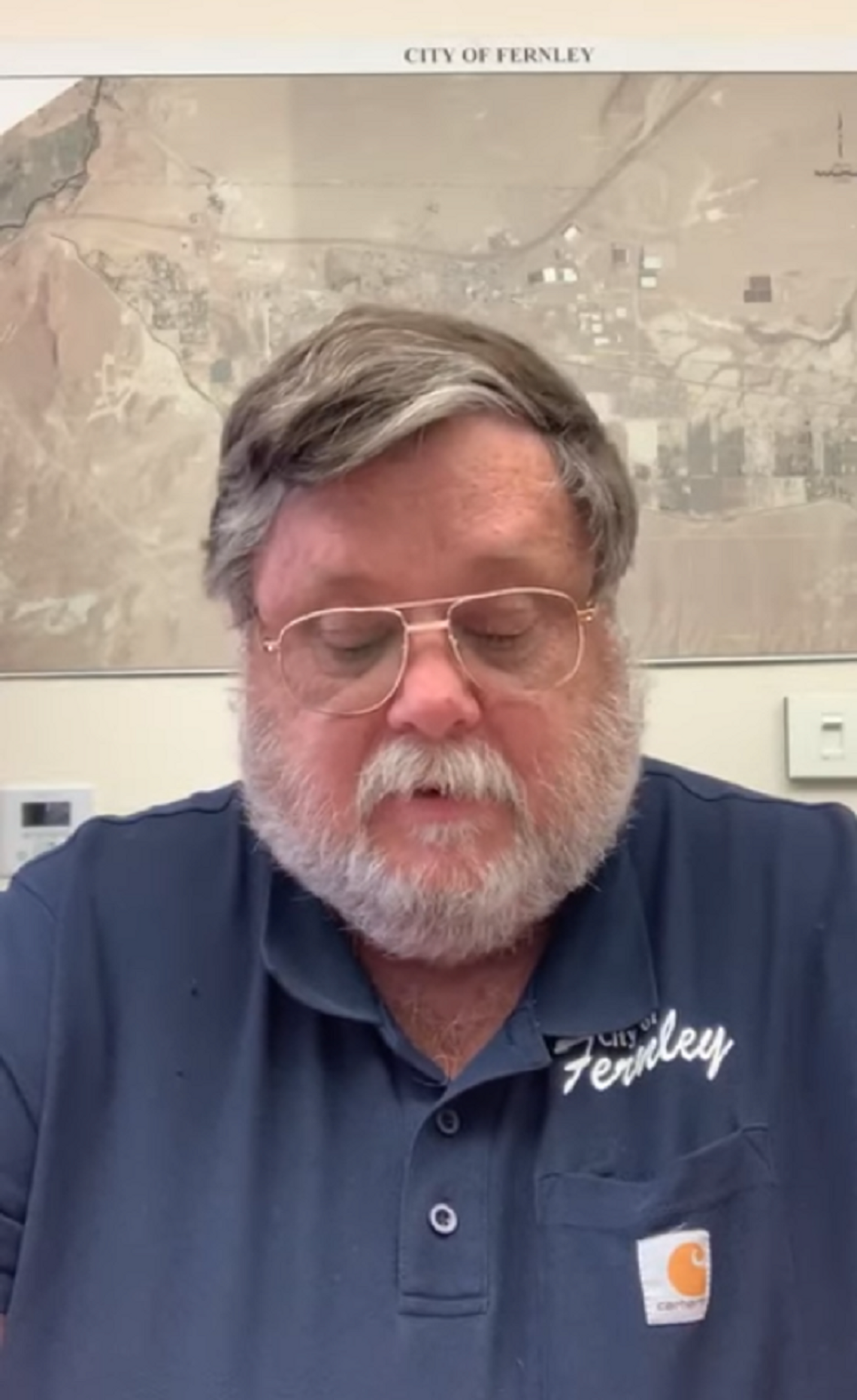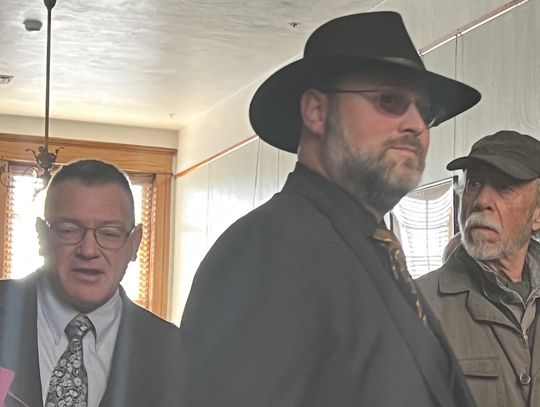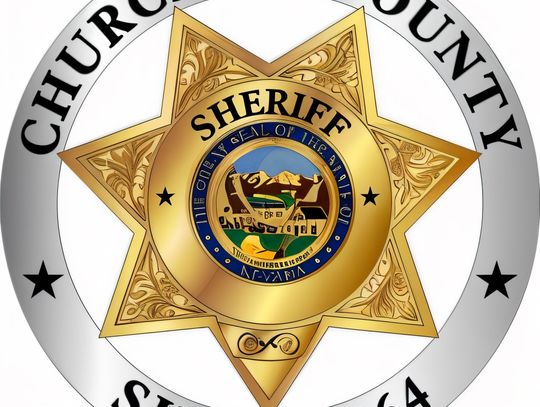On March 10, 2021, the City of Fernley filed a lawsuit against the Bureau of Reclamation (BOR)challenging the Final Environmental Impact Statement FEIS) and Record of Decision (ROD) for the Bureau’s Truckee Canal XM (Extraordinary Maintenance) project which is meant to restore the long-term operation of the Truckee Canal – but it comes with unintended consequences for Fernley.
Daphne Rogers, Fernley City Manager said the city depends on groundwater to recharge the municipal water supply. But the BOR solution for the Truckee Canal XM project creates more problems than it solves. After the 2008 flood, Rogers said the issue of community safety and prevention of future flood events became the focus for the BOR. An environmental process was undertaken with stakeholders from Fernley, the City of Fallon, Churchill County, Truckee Carson Irrigation District (TCID), the Pyramid Lake Paiute Tribe, and the U.S. Fish and Wildlife Service, and meetings ensued.
“The meetings were to discuss options and were supposedly focused on safety,” said Rogers, “but the discussion revolved around efficiencies and water, and morphed into a different process.” When the BOR presented five options in the environmental statement, “all five options included lining the canal.”
Because Fernley depends on groundwater to recharge its municipal water supply, as well as 400 private domestic wells, the city is challenging the BOR plans. “Lining the canal will take away recharge and negatively affect the city and homes in our community,” said Rogers.
She said that mitigation and who will pay for the repairs was not fully addressed, and the costs of the canal lining project are horrendous. Added to those issues is the interesting caveat that Fernley is a water user with TCID and will also be required to pay for the maintenance as a Newlands Project water right holder, essentially paying for the harm anticipated to groundwater supplies.
Mayor Roy Edgington made the point that in spite of owning nearly 9,600-acre-feet of water, as a government entity Fernley is prevented from voting in TCID elections, including the latest vote held to approve the contract with the BOR. With all of those acre-feet, Fernley couldn't cast a single vote.
Rogers says that the public process of the EIS fell in time during COVID when people were not able to attend public meetings. The BOR held online forums which Fernley protested in court, but the BOR was allowed to move forward in spite of the awkward and ineffective public process.
The ROD requires a concrete lining of the canal through the Fernley Reach. “We don’t agree with that, so on March 10 we filed a lawsuit,” said Rogers. The lawsuit, filed in U.S. District Court, asks the Court to recognize that (1) the City and its citizens are dependent on the water from the canal, (2) they have a right to rely on continued recharge from the canal, and (3) the Bureau’s project needs to either be designed to allow the continued recharge to continue or provide mitigation to all those who will be hurt.
Additionally, according to Rogers, the BOR says Fernley doesn’t have a right to the groundwater. However, she says “the State Engineer has approved our permits over the years.” The city has nearly 10,000-acre-feet of groundwater as well as 10,000-acre-feet of surface water. They are currently in the process of developing the ability and infrastructure to use their surface water for the municipal supply.
Several alternatives have been considered during the process that would fix the safety problem without cutting off the recharge to the aquifer and include: (1) reconstructing the existing walls of the canal and including some form of cutoff wall (cement, steel, or vinyl) within the newly reconstructed embankment, (2) maintaining the current stage restrictions, (3) using a trench and fill method to install a concrete wall within the existing canal embankment, and (4) adding a groundwater recharge component to the existing project.
Fernley maintains none of these alternatives were analyzed in the Bureau’s FEIS. “We understand the need for a safe canal, but we believe there are other alternatives to be considered,” said Rogers.









Comment
Comments